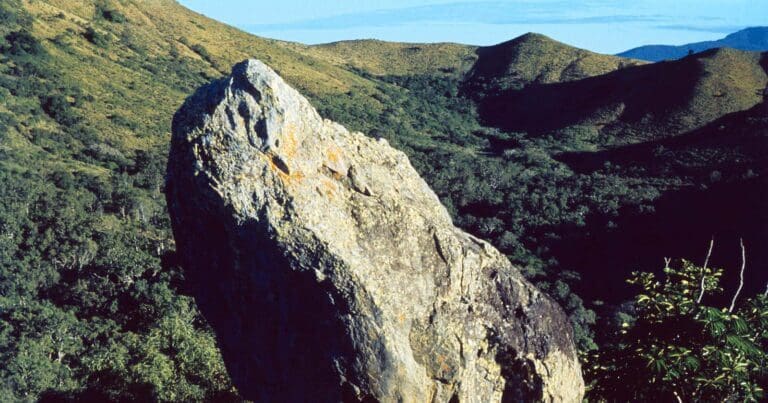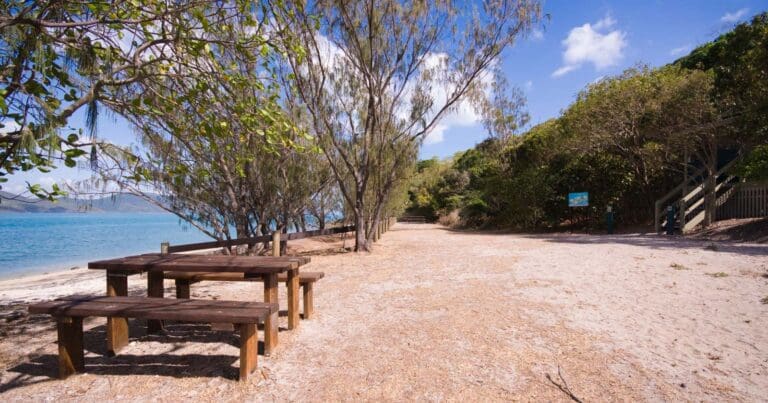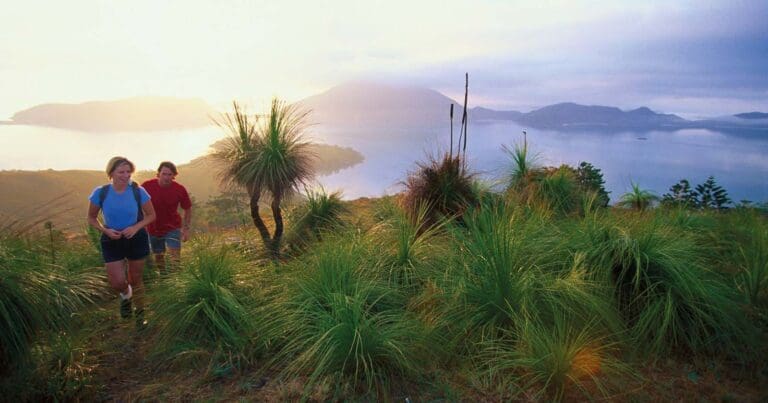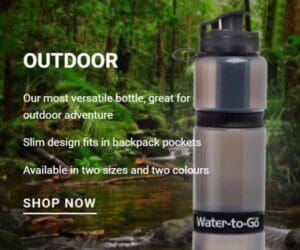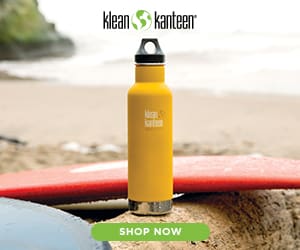Mount Jeffreys Circuit is a 5.5km, grade 3 hike located in Molle Islands National Park, Queensland. The hike should take around 2 hours to complete.
Hike overview
If seeking incredible views, this track is a must. It winds up a gradual slope to South Molle Island's highest point, Mount Jeffreys. Once there, you will enjoy a sensational 360° view of the Whitsunday islands and mainland. The track has a moderate climb, but is generally easy and smooth.
Route and GPX file
Max elevation: 183 m
Min elevation: 13 m
Total climbing: 230 m
Total descent: -230 m
Tips
While you are on the islands, remove soil, weeds, seeds and pests from your boat, gear and clothes before moving to a new site. Wrap seeds and plant material, and place them in your rubbish.
Trail location
Sorry, no records were found. Please adjust your search criteria and try again.
Sorry, unable to load the Maps API.
Getting there
Molle Islands National Park is just east of Shute Harbour. Access is by private or commercial boat from Airlie Beach or Shute Harbour. Some commercial transfer companies drop off and collect campers, bushwalkers and mountain bike riders. Arrange your passage before booking your camp site.
The tracks can be accessed from Bauer Bay (follow the track from the Bauer Bay jetty to the back of the golf course) or from Sandy Bay camping area. Access from Paddle Bay is walking only.
Gallery
If you have any photos from this hike and are happy to share them, please upload your .jpg files here.
Please note: Uploading photos does not transfer ownership of copyright away from you. If requested, you will be credited for any photos you provide and can ask they be deleted at any time.
About the region
Molle Islands National Park is in North Queensland, Australia, 913 km northwest of Brisbane. The park covers several continental islands a short distance offshore including Long Island, Shite Island, Tancred Island, Repair Island, Planton Island, Goat Island, Denman Island and the majority of North Molle Island, Mid Molle Island and South Molle Island. The park features white sandy beaches, open eucalypt forests, rainforest-clad gullies and grasslands. The traditional owners of the islands were the Ngaro people.
White sandy beaches, pockets of rainforest and pale blue waters make these picturesque inshore islands a wildlife refuge and a scenic retreat for nature lovers. Molle Islands National Park is a group of continental islands lying off the Queensland coast 10km east of Airlie Beach.
Open eucalypt forests clothe the hillsides, rainforest grows in sheltered gullies and grasslands cover the more exposed slopes. The Ngaro Aboriginal people lived on and visited these islands for thousands of years. They used fire to flush out game and maintain the natural grasslands. A stone quarry for making tools and weapons remains on South Molle Island.
Once used for grazing, South Molle Island later became a national park and a resort was established in 1937. The islands and surrounding waters are protected in the Great Barrier Reef World Heritage Area.
Enjoy stunning views along South Molle's shared tracks (walking and mountain bike riding) with a variety of vegetation, wildlife and spectacular destinations on offer.
Similar trails nearby
Explore Safe
While planning your hike, it’s important to check official government sources for updated information, temporary closures and trail access requirements. Before hitting the trail, check local weather and bushfire advice for planned burns and bushfire warnings and let someone know before you go. Plan ahead and hike safely.
Let someone know
Adventure with peace of mind: Fill out your trip intentions form. Before you hit the trail, fill out an online form to privately send important details about your hike to your family or friends. If you don’t return on time, they can easily alert emergency services, preventing worry and ensuring a swift response. Hike with peace of mind and enjoy your outdoor adventure to the fullest. Be smart, be safe: Register your plans here.
Gear to consider
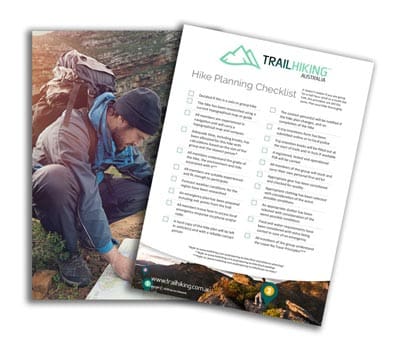
My free planning, food and packing checklists provide an introduction to things your could consider (as well as the Ten Essentials) on your day, overnight and multi-day adventures. Customise your kit according to your personal needs, always considering safety first.
Suggest an edit
Does this hikes information need updating? Sometimes the route, trail features or access conditions change.
Acknowledgement of Country
Trail Hiking Australia acknowledges the Traditional Owners of the lands on which we hike and pay respects to their Elders, past and present, and we acknowledge the First Nations people of other communities who may be here today.
